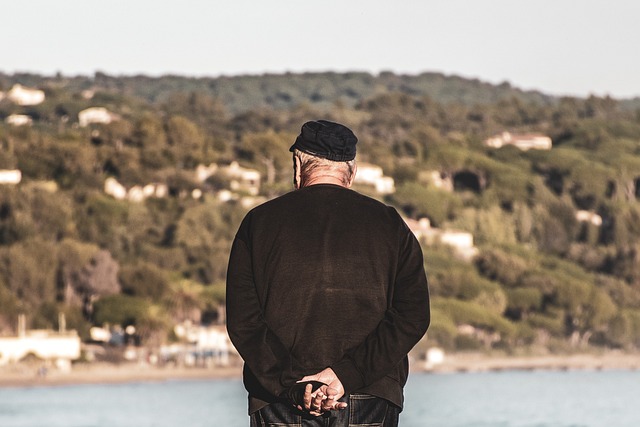
Crying is often seen as a private, sometimes even shameful, act—especially for older generations who grew up hearing phrases like “dry your eyes” or “hold it in.”
But science now shows us something powerful: crying is not only natural, it’s healing—physically, emotionally, and socially.
Let’s take a closer look at how shedding tears can be one of the healthiest ways to process grief, support healing, and build connection with those around us.

1. Crying Helps Us Process Grief
Grief is more than just sadness. It’s a complex emotional journey filled with waves of sorrow, anger, confusion, and sometimes even guilt.
For adults over 50, grief may stem from the loss of a spouse, close friend, sibling, or even the transitions that come with aging.
Tears are one of the body’s most natural ways to release that inner turmoil. They help:
-
Express emotions we can’t always put into words
-
Create a sense of emotional “flow” instead of bottling up pain
-
Bring clarity to our thoughts during confusing or overwhelming times
Crying isn’t a weakness—it’s a release valve. It’s how the heart breathes when it feels heavy.
2. Emotional Tears Physically Support Healing
Did you know emotional tears are different from the ones we shed while chopping onions?
Tears related to emotion carry stress hormones like cortisol out of the body.
When we cry due to grief, we’re quite literally detoxing sadness and reducing the physical effects of stress on the body.
Benefits include:
-
Lowered heart rate and blood pressure after crying
-
A natural release of oxytocin and endorphins, the body’s feel-good chemicals
-
Pain relief (both emotional and physical)
So the next time you feel that lump in your throat, know your body is trying to help you heal.
3. Crying Invites Connection and Comfort
One of the most beautiful aspects of crying is that it draws others in.
Tears are a silent call for comfort, and they can open the door to meaningful connection.
For older adults—especially those living alone or missing loved ones—crying in front of someone you trust can lead to:
-
Deep conversations that strengthen bonds
-
Emotional validation—you feel heard and seen
-
Comfort and physical closeness, like a hug or a hand held
In many cultures, communal grieving—crying together at funerals or memorials—is a key part of healing. Tears unite people in love, loss, and memory.
4. It’s Okay to Cry… Even If You Were Taught Not To
If you were raised to be “tough” or avoid emotions, allowing yourself to cry might feel foreign.
But suppressing feelings for too long can lead to increased anxiety, poor sleep, and even depression.
Instead:
-
Give yourself permission to cry when you need to
-
Surround yourself with people who allow space for vulnerability
-
Talk about your feelings—even writing in a journal can help
Tears are a form of truth. They say what words sometimes cannot.
5. When Crying Becomes a Signal for Extra Help
While crying is healthy and helpful, frequent or uncontrollable tears may be a sign that deeper emotional support is needed.
If grief begins to feel unbearable or lingers too long, speaking with a counselor or joining a support group can be incredibly beneficial.
Grief has no deadline—but you don’t have to walk through it alone.
Final Thoughts: Tears Are Part of the Healing
If you’re facing a season of loss or change, let the tears come.
Let them wash over you.
With each one, you’re making space—for healing, for peace, and for reconnection to the people and purpose around you.
Remember: crying doesn’t mean you’re falling apart.
It means you’re feeling.
And feeling is one of the most human—and most healing—things we can do.
SEE ALSO:


